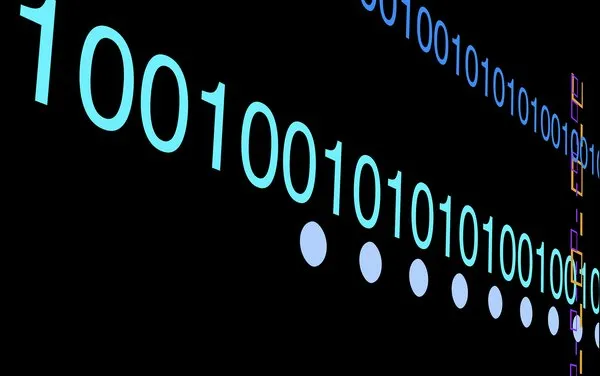What is the HDR on the camera phone?
In fact, the principle in this way is quite simple. HDR-shooting assumes that the camera per unit of time does not make one, but several frames at a time, while in the background it focuses on objects with different levels of illumination. Then, the central processor selects images with averaged values and combines them into one, which is offered to the user. Thanks to this simple method, you can forget about bright objects that are too bright and not enough in a frame: everything is in balance. Since this solution is completely software, for its use it is sufficient to install an application that has a similar triggering mode. Keep in mind that not all cameras pre-installed in the base firmware of smartphones have this capability.
/https%3A%2F%2Fblueprint-api-production.s3.amazonaws.com%2Fuploads%2Fcard%2Fimage%2F529292%2F1a14e24c-11db-43e4-bb2d-3ec3809d6349.jpg)
What is the difference between an HDR and an image?
HDR has a wide dynamic range. The HDR method allows you to significantly expand the dynamic range of the image . To understand how important this is, you need to understand what the dynamic range is.

All right. And what is?
The dynamic range is the ratio between the brightest area of the frame and the darkest part of the frame. In practice, this value determines the level of contrast in which the details persist in lights and shadows. The dynamic range of your camera is greater than what the monitor can display.
¿Why is it so important?
Some scenes are too contrasting, so the camera also captures the details in the lights and shadows. We avoid the midday light, because the camera can not stand that bright light and dense shadows simultaneously. Insufficiently lit scenes also represent a problem, because the illuminated areas become white spots or unlit areas in black spots.Are there ways to solve the problem?
Digital technology allows the photographer to instantly evaluate the result and solve the problem. You can use the flash to reduce the contrast in full sunlight or to install a gradient neutral density filter to balance the brightness of the sky and the land of the landscape scene. In addition, a digital photographer can use Photoshop successfully, especially if he photographed in RAW.HDR technology is one of the ways... Yes, the HDR shows a range of brightness that no camera can capture. A classic HDR image is created from three images of the same scene under different exposures. In this case, each of the original images contains only a certain part of the diapazon. The full range is contained in the HDR image after merging the original images into special software. The problem is that you can not see.
What do you mean?
The current HDR: the image does not contain a wide tonal range to show all the dyes on the monitor or print them on the printer. Images with a large DD are usually stored as 32-bit files with a tonal range of 4.3 billion tones in each color channel. For comparison: JPF.G standard: the image has 256 shadows on each channel, RAW file of 12 bits / 4000, 16 bits / 16000.
How to be with such a wide tonal range?
The next stage in working with HDR "the so-called process" tone mapping. At this point, the program converts a 32-bit image into an image that can be displayed on the monitor or printed. The tonal range is compressed so that in an image that can be printed and displayed on the monitor, and the light and dark areas are not missing parts. This is the contradiction...
Why the contradiction?
Tone compression or tonal screen illuminates shadows and obscures light, reducing contrast and increasing detail. Many of the HDR enthusiasts who use special software go further and create images in which all the details are clearly drawn. Such images seem extremely unrealistic. They resemble hyperrealist works.
What software do I need?
There are many programs available to create HDR. The most popular are Photomatix Pro] and the integrated Photoshop HDR module . Such programs generally have a wide range of tools for tonal image correction.

What is the best way to photograph the source?
The process is very similar to shooting in the exposure bracketing mode. The number of source frames depends on the tonal range of the scene being photographed. The more contrast the scene has, the more it will be necessary to take photographs. Three are usually a minimum set. But you may need 9 original frames, each of which must be made with a difference of one or two steps. Most "DSLRs" are equipped with the AEB exposure bracketing function. You can also use it to take original HDR frames.
Is there any other characteristic?
All frames must be the same. Any change, for example, in sharpness, will create additional difficulties for the software. Adjust the camera or tripod, select the manual focus, "Priority aperture". Use the remote control or the self-timer.
Is there any simpler method?
Creating an HDR image takes time to capture the original frames and process them on a PC. However, there are easier ways. There are programs that can create a false HDR from a single snapshot. Many cameras now have special automatic features to create HDRs, which take a series of frames and combine them into one image with a wide one.

Original publication in Spanish
Original publication in Spanish

Posted from my blog with SteemPress : https://xaaaaaxaxaaaaaxaxaxasaxaxxa.000webhostapp.com/2018/09/hdr-technology-high-dynamic-range-a-little-more-quality-to-our-images